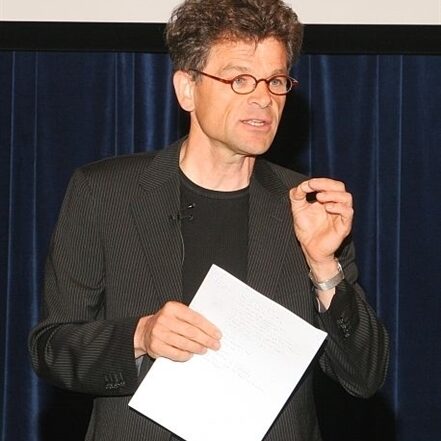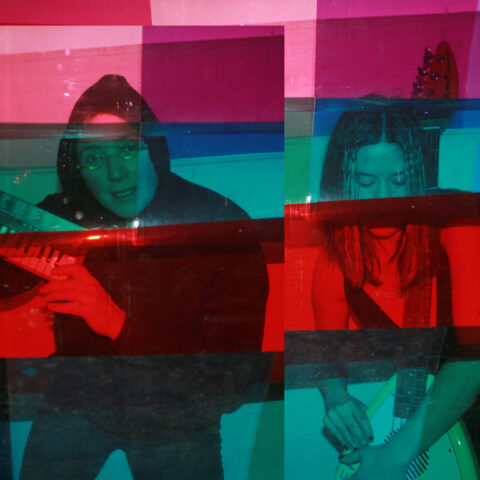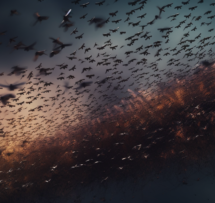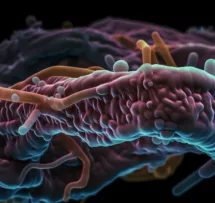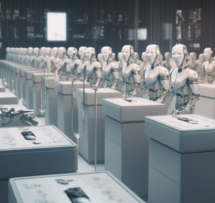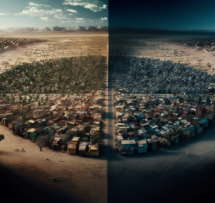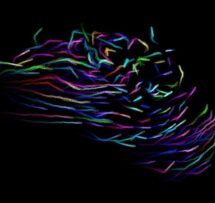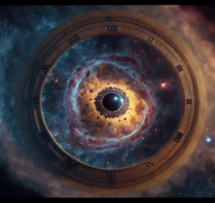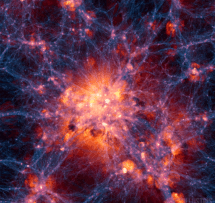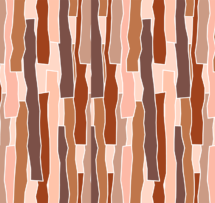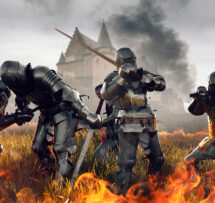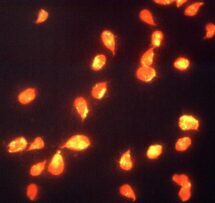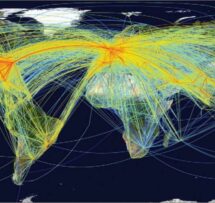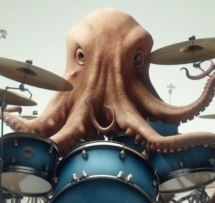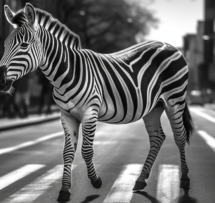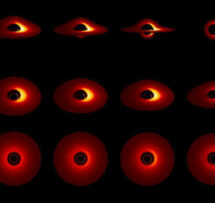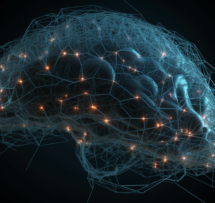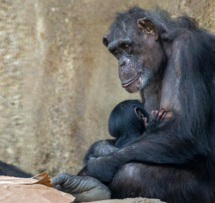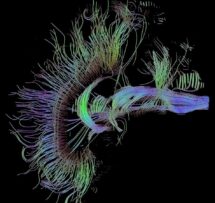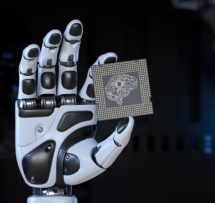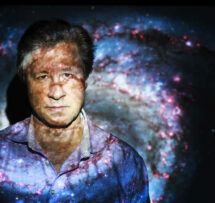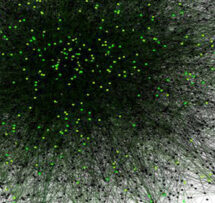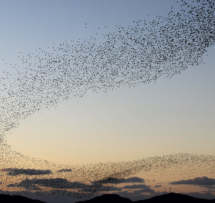Artificial Sociality: finding out why people do stupid things

Why do people collectively do stupid things? What makes humans social animals? How is human intelligence related to human sociality? What happens when you merge this with computer modelling? Why can it be so useful to model social behaviour and human decision making? How can artificial sociality be used for supporting policy making?
We people tend to be a bit obsessed with our own intelligence. This is certainly true for the fascination about artificial intelligence. There is anxiety and anticipation about what will happen when computers outsmart us. Actually, this has already happened, but that has not stopped us from collectively doing very stupid things, such as destroying the Earth’s climate. How can we be so clever, and have such perfect climate models and weather forecasts, yet fail to cure our collective blunders?
The answer is found, in large part, in human sociality. We are tribal animals, and our intellect bends to our tribal needs. What is sociality, and how new it is in evolutionary sense? It turns out that sociality is hundreds of millions years old, and shapes our behaviours so deeply that it is more a master than a servant to our intelligence.
If we take sociality seriously, this allows us to understand our collective stupidity, and to try and cure it. This helps in particular for policy making about common goods such as the earth, water, and air around us. People and their sociality are always at the core of understanding these ‘socio-something’ systems; yet they tend to be overlooked in policy making.
Professor in Artificial Sociality, Gert Jan Hofstede’s research involves models of human sociality that can be used in so-called agent-based models. Such models are a form of computational models to map and understand how individuals and groups of people (agents) act and interact. Gert Jan Hofstede refers to these models as living hypotheses, populated with creatures in a simplified world, and we can look at them as we would at an anthill. We can study both the hill and the individual ants. This makes such models very intuitive, and potentially useful as means of communication.
How to include sociality depends on the model. Typical elements make up the acronym GRASP: Groups, ritual, affiliation, status, and power. In this episode, Professor Hofstede will give some examples of how a GRASP – based model can reproduce societal phenomena. The model consists of computational agents that have culture, status and power, and can show us how cultural differences can affect all sorts of dynamics in and between groups.
Talk by
Gert Jan Hofstede
Prof. Dr. Ir. Gert Jan Hofstede (1956) has been a globetrotter, a population biologist, a computer programmer. He is a world citizen, son-of, father-of and grandfather. He loves singing, speedskating and acting. At present he is professor of Artificial Sociality at Wageningen University, the Netherlands.
